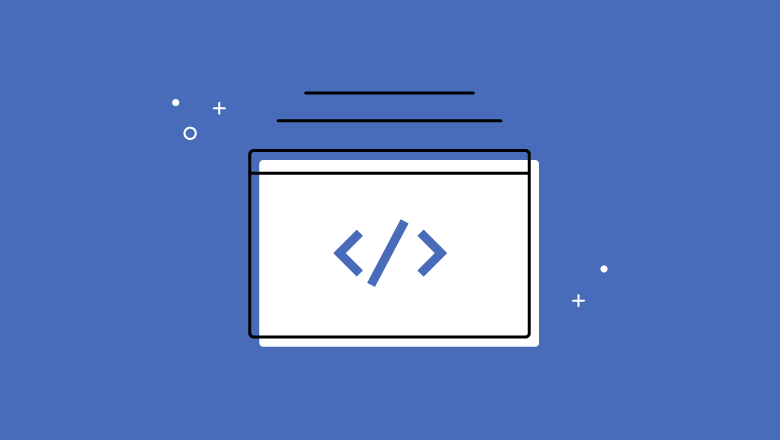We are going to add more pages to your wordpress posts with a quick tip that will come in handy if you have long posts, it is also a way to make our content visually lighter and for mobile users it will be good if the post does not is excessively long.

Why separate a post on different pages?
- If you have long posts, dividing it will help your readers not feel tired when reading, it will not overwhelm them as much as when they see a post of more than 1000 words.
- If you have a blog for example of fashion or you like to make lists, you can use this pagination to separate each outfit or subject, I do not know if you have read some blogs in which there are viral lists in which each photo is on one page and they work very well, this way instead of visiting a page they may see 3 or 5 since the curiosity to see what is next is very persuasive.
- Sometimes our blog is slow and when we put more images of the account it crashes, you may gain speed by making page breaks.
- You also shorten the sidebar, the sidebar usually weighs, contains links and sometimes when they are blogs in which the posts are long it becomes something huge in which we begin to put superfluous things. If you paginate your post you can have a shorter one and improve the load and the appearance.
Benefits of separating a post into multiple pages with the next page tag
The reader will spend more time on your page, here you must be skillful when cutting the post, so that they are curious when continuing to read, it does not make sense that you always cut in half, play a little with your content and try to keep them intrigued until the end.
Lower your bounce rate, although if the reader spends time on your page you should not worry so much, the bounce is a metric that is visible and the blogs that get organic views usually have the bounce through the roof as they come read what they want and leave.
It improves the loading of long posts, as I said before, sometimes when we write they are KM entries and if we add images the post ends up weighing a lot of megabytes; if we split them it will be less and on mobile devices this change is appreciated.
When our content is large we should use Lazy load in our themes, install a lazy load plugin, basically this makes them load the elements as they appear on the screen, so it does not load the entire post… but it is a function that is not available on all blogs, so pagination is a better alternative than installing a plugin.
How the post is divided by adding more pages:
To add more pages within a post in the code part of the WordPress editor in the HTML tab you must add this tag:
<! – nextpage–>
With this html tag you divide the page in two at that point, this works in all or almost all the themes, because it is a function that came in the editor like that of justifying text and they have recently eliminated, so it is in the core of WordPress … What can happen is that your topic has it named in another way.
There are other ways to split pages and split content
You can put dividers.
The separators do not divide into pages but they are like a line to divide the post, you can put decorative separators or simply with important information, a long time ago I made a post about them: How to make separators on your blogger blog.
As it is an HTML tag, it works on all platforms, it is the <hr> </hr> tag
The label Read more
Like nextpage there is the read more tag that is used in some themes that do not have the paginated function activated to allow the loading of more content from the tag, it is similar to lazy load but without being soft, if you have Laaazy Load like in my case it doesn’t work.
The marking of this label is this
<! – more–>
I hope you liked the tip, I think it is something that is very useful to lower the bounce rate and to help your blog load users better and it is one of those things that WordPress has that is hidden there that we know forget it exists.







